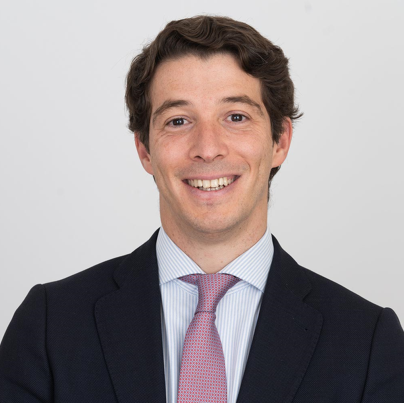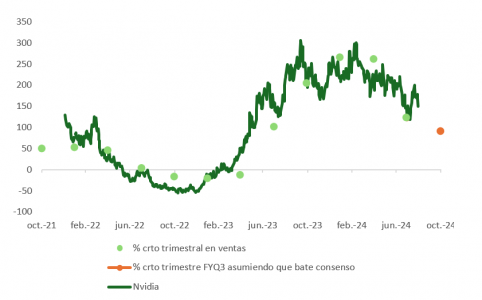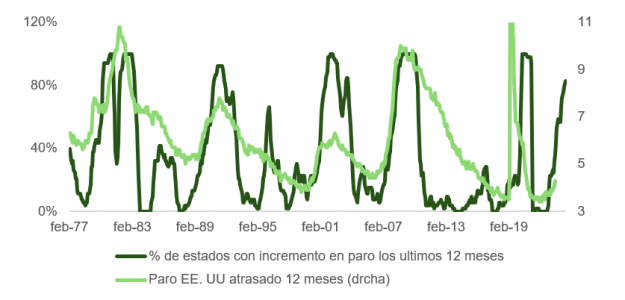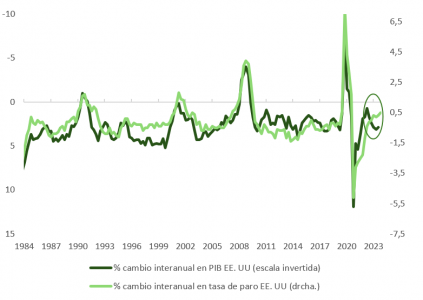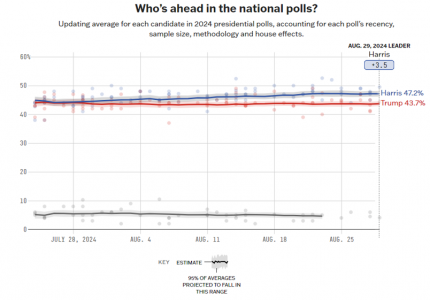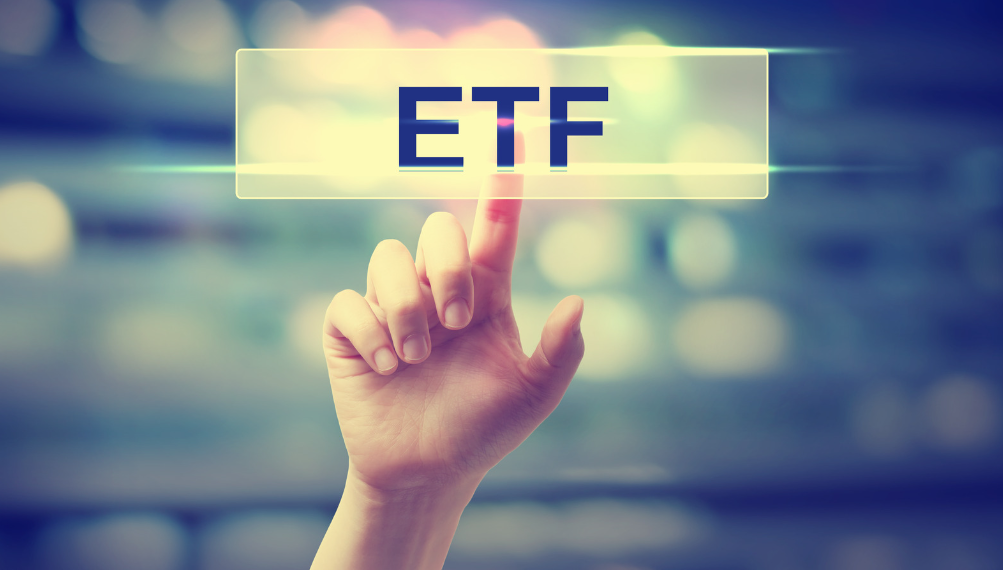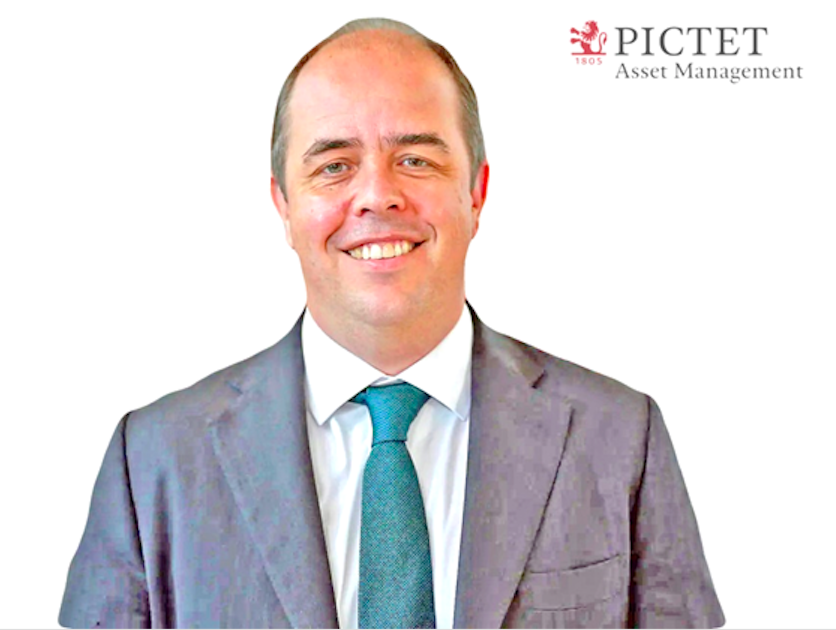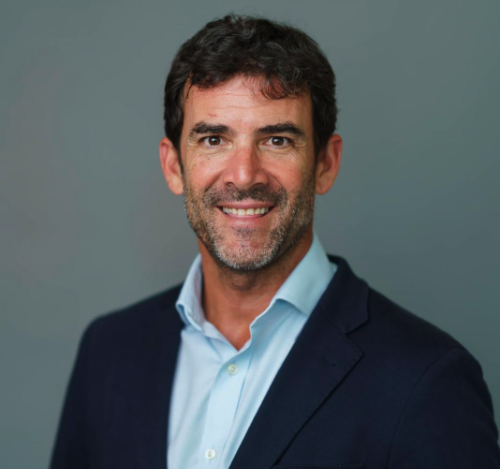Industry Professionals Expect the SEC to Be More Flexible With Digital Assets
| By Amaya Uriarte | 0 Comentarios
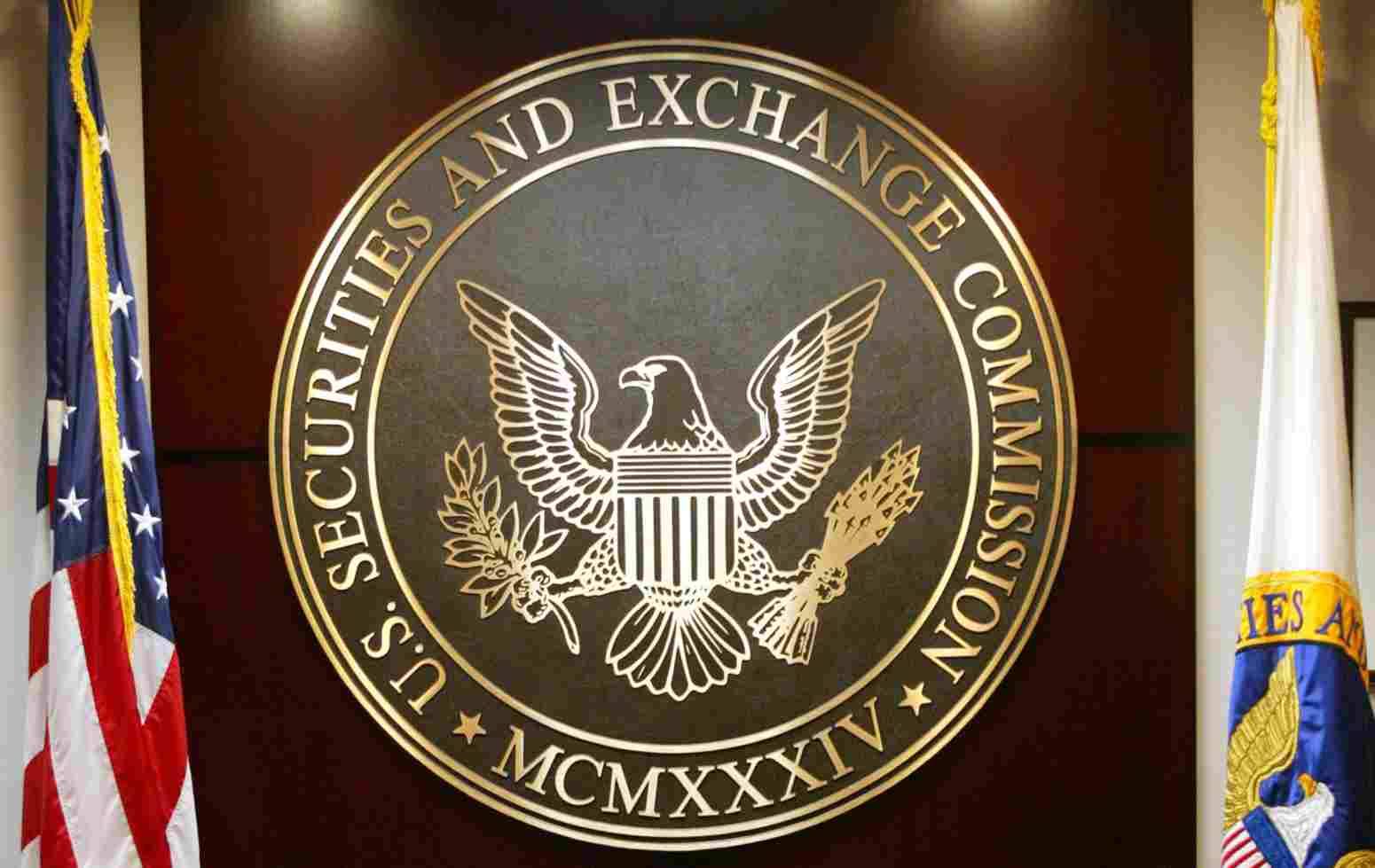
Institutional investors and wealth managers expect more flexible regulation from the U.S. Securities and Exchange Commission (SEC) in the coming year regarding digital assets, along with greater clarity, according to a new global study conducted by Nickel Digital Asset Management (Nickel), a London-based, leading regulated and award-winning digital asset hedge fund manager in Europe, founded by former alumni of Bankers Trust, Goldman Sachs, and JPMorgan.
The study, conducted with organizations already investing in the sector, found that 68% expect greater flexibility from the SEC compared to 35% who anticipate stricter regulation. More than half (53%) expect increased clarity and guidance, while 44% believe the regulator will be more constructive, reflecting political changes.
Nickel’s research, which surveyed institutional investors and wealth managers in the U.S., U.K., Germany, Switzerland, Singapore, Brazil, and the United Arab Emirates, who collectively manage around $1.7 trillion in assets, found strong support for the SEC and recognition of its importance in the sector.
Around 90% believe the SEC has been an effective regulator of the digital assets sector, and 85% say it is currently very or somewhat favorable to the sector. Only 5% say it is either not constructive or aggressively restrictive. Approximately four out of five (80%) believe it has been clear in distinguishing between securities and non-securities in the digital assets space.
Nearly three out of four (73%) say the SEC’s recent clarifications on Security Token Offerings (STOs) have had the most significant impact on the sector, compared to 42% who highlight its guidelines for Initial Coin Offerings (ICOs).
Around four out of five (80%) agree that SEC regulatory clarity is important for the sector, and 83% say the SEC’s regulatory actions will have a very or somewhat positive impact on innovation in the digital assets space.
However, only 35% of respondents say SEC regulations have a significant impact on their investment decisions in the digital assets sector, while 55% say the regulations have a moderate impact, and 10% say they have a slight impact.
“Strict regulatory actions against FTX and Binance have contributed to increasing confidence in the digital assets sector. The survey reveals that institutional investors and wealth managers now expect more flexible regulation of the sector by the SEC after a period of intense scrutiny. It is reasonable to assume that a more accommodative regulatory environment will drive growth of the asset class in the U.S.,” comments Anatoly Crachilov, CEO and founding partner of Nickel Digital, in light of the survey results.

